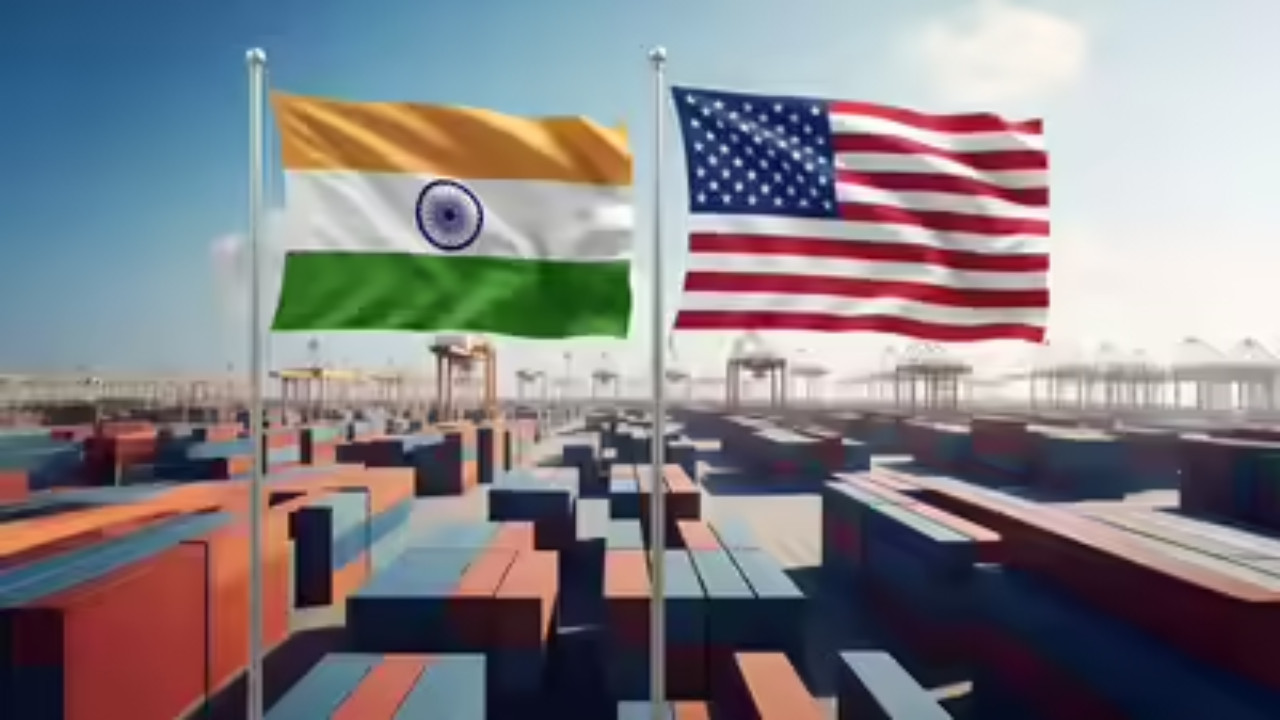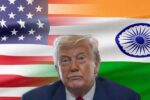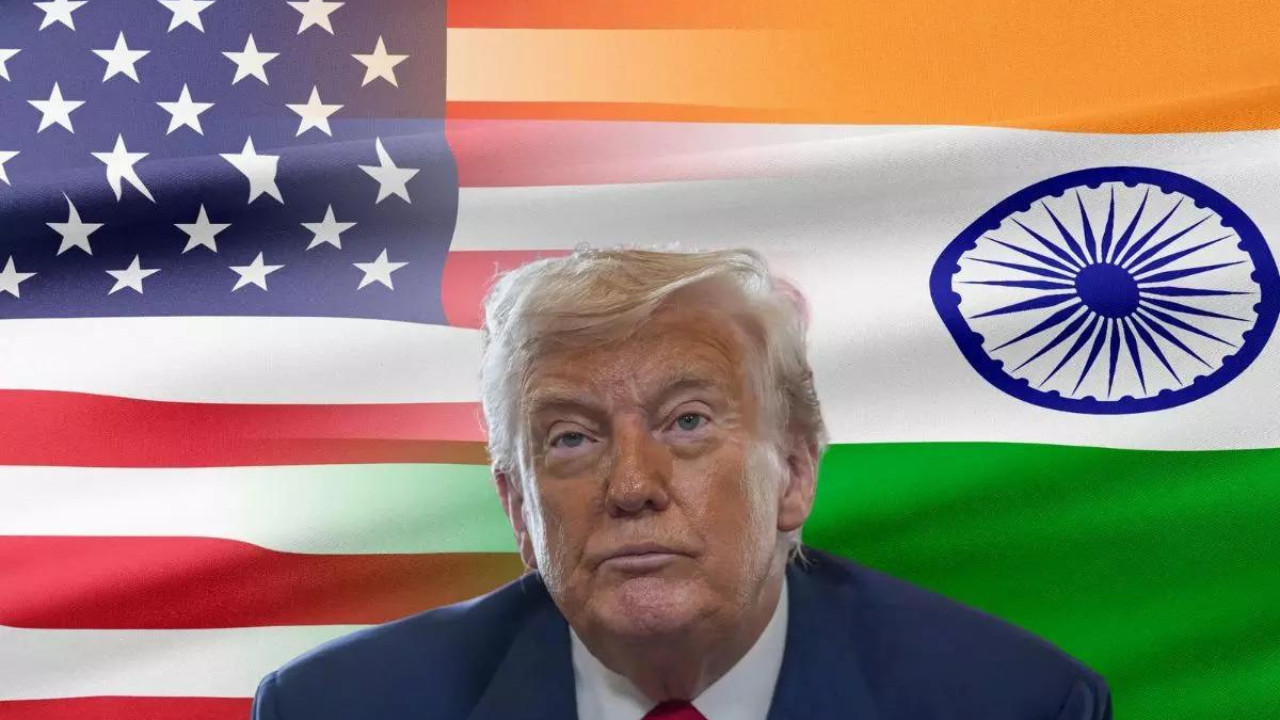India has proposed retaliatory duties against the US for imposing tariffs on auto parts imports, citing violations of WTO norms. The US safeguard measure, a 25% tariff increase, impacts nearly $2.9 billion in Indian exports. India reserves the right to suspend concessions on US products, aiming for equivalent duty collection, as consultations have not occurred.
Revving Up for a Trade Tussle: India’s Response to US Auto Tariffs
The aroma of freshly brewed chai might soon be accompanied by the sharp tang of trade disputes, as India gears up to potentially impose retaliatory tariffs on a selection of U.S. goods. This move comes as a direct response to what India perceives as unfair and discriminatory tariffs levied by the United States on its automotive exports. So, are we on the cusp of a new chapter in the ongoing trade saga between these two economic giants? Let’s delve into the details.
The crux of the issue revolves around the tariffs slapped on Indian steel and aluminum exports by the U.S. a few years back. While the U.S. framed these tariffs as necessary for national security, India viewed them as protectionist measures that unfairly hampered its exporters’ competitiveness. Now, India is signaling that enough is enough.
India’s Proposed Retaliatory Measures
The proposed countermeasures are more than just a symbolic gesture; they represent a calculated strategy. India’s Ministry of Commerce has drawn up a list of U.S. products that could be subject to increased import duties. The specifics of this list remain somewhat fluid, but whispers suggest a focus on sectors where the U.S. enjoys a considerable trade surplus with India. This approach aims to maximize the impact of the tariffs while minimizing disruption to the Indian economy.
Imagine, for example, the impact on American agricultural exports. If India were to impose higher duties on almonds or apples, it could significantly affect U.S. farmers and exporters who rely on the Indian market. Similarly, tariffs on certain industrial goods or machinery could ripple through specific sectors of the American economy. The final selection of products will likely be a carefully considered balancing act, designed to send a clear message without escalating the situation beyond control.

Decoding the Potential Impact of Auto Tariffs
The ramifications of this potential trade conflict are multi-layered. On one level, it’s about fairness and reciprocity. India argues that it’s simply responding in kind to what it sees as unfair treatment by the U.S. On another level, it’s about protecting its own domestic industries and ensuring a level playing field for its exporters.
For Indian automotive manufacturers, access to the U.S. market is crucial for growth and expansion. U.S. tariffs can make Indian vehicles less competitive, hindering their ability to penetrate the American market and generate revenue. The proposed retaliatory measures are therefore seen as a way to pressure the U.S. into reconsidering its stance and perhaps even negotiating a more equitable trade agreement.
But the impact extends beyond the automotive sector. A full-blown trade war could disrupt supply chains, increase costs for consumers, and create uncertainty for businesses on both sides of the Pacific. It could also undermine the broader relationship between India and the U.S., which has become increasingly important in recent years, particularly in the context of geopolitical challenges in the Indo-Pacific region.
What Does the Future Hold?
The situation remains dynamic. Negotiations between India and the U.S. are likely to continue behind the scenes, with both sides seeking a resolution that avoids further escalation. Whether these talks will lead to a breakthrough remains to be seen. The key lies in finding a mutually acceptable solution that addresses India’s concerns about fairness and reciprocity while also protecting the interests of American businesses.
However, finding common ground won’t be easy. Both countries have their own domestic political considerations and economic priorities that will influence their negotiating positions. The upcoming U.S. elections, for example, could add another layer of complexity to the situation.
Looking ahead, it’s crucial for both India and the U.S. to prioritize dialogue and diplomacy. A trade war benefits no one in the long run. Instead, both nations should focus on building a strong and mutually beneficial economic partnership based on principles of fairness, transparency, and respect.
See our other article on the global impact of trade agreements.
Conclusion:
India’s planned retaliatory tariffs against U.S. auto tariffs highlight the delicate balance in international trade relations. While the immediate effects remain to be seen, the situation underscores the need for ongoing dialogue and negotiation to prevent escalation and foster a more stable and equitable global trading environment. The path forward hinges on finding mutually acceptable solutions that address concerns on both sides, ultimately promoting stronger economic ties between these two vital nations.







